A place where juvenile felony offenders get a second chance
Marion’s uniqueness as a small yet up and coming city allows for productive developments to take place. A prime example of Marion’s capacity for groundbreaking initiatives is the North Central Ohio Rehabilitation Center (NCORC) on Mount Vernon Avenue.
Offering educational, therapeutic and rehabilitative services to non-violent juvenile felons, NCORC stands out as an example of alternative youth justice.
Since its opening in 1996, the North Central Ohio Rehabilitation Center has seen nearly 700 people aged 15-21 go through its doors. Serving five Ohio counties — Marion, Morrow, Wyandot, Hardin and Crawford — Executive Director Travis Stillion said he believes NCORC displays the potential for a growing initiative for alternative youth justice in Ohio.
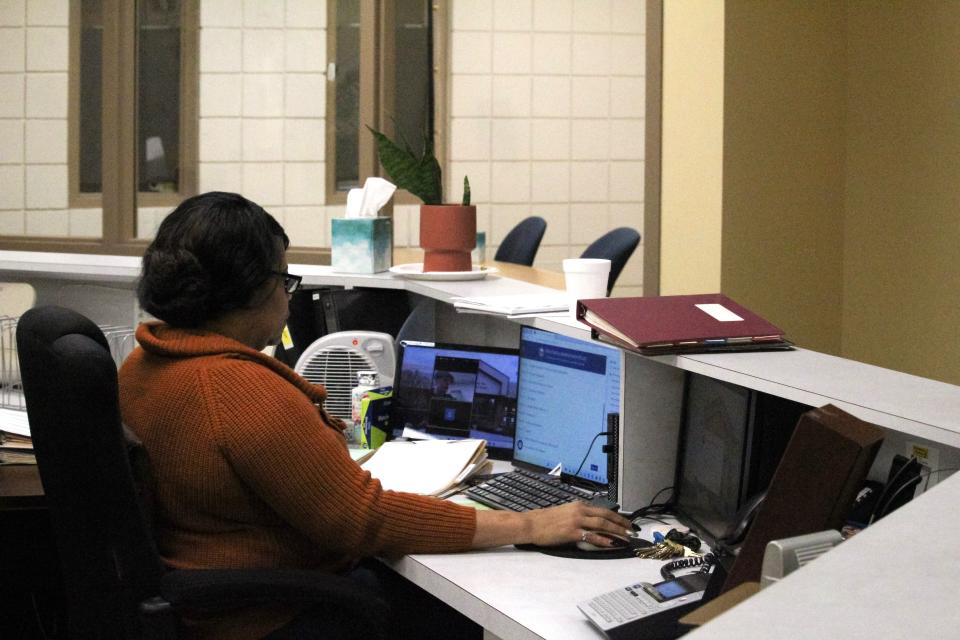
“I see NCORC as one of many organizations that are great examples of the future of juvenile services,” Stillion said. “There are a lot of facilities, juvenile courts and alternative programs that have grown to be more effective in how juveniles receive the proper treatment to overcome obstacles.”
Programs begin before youth arrive, assessments are done
Marion Juvenile Court Judge Rhonda Burggraf describes the facility as “an intermediate between youth and the prison system.”
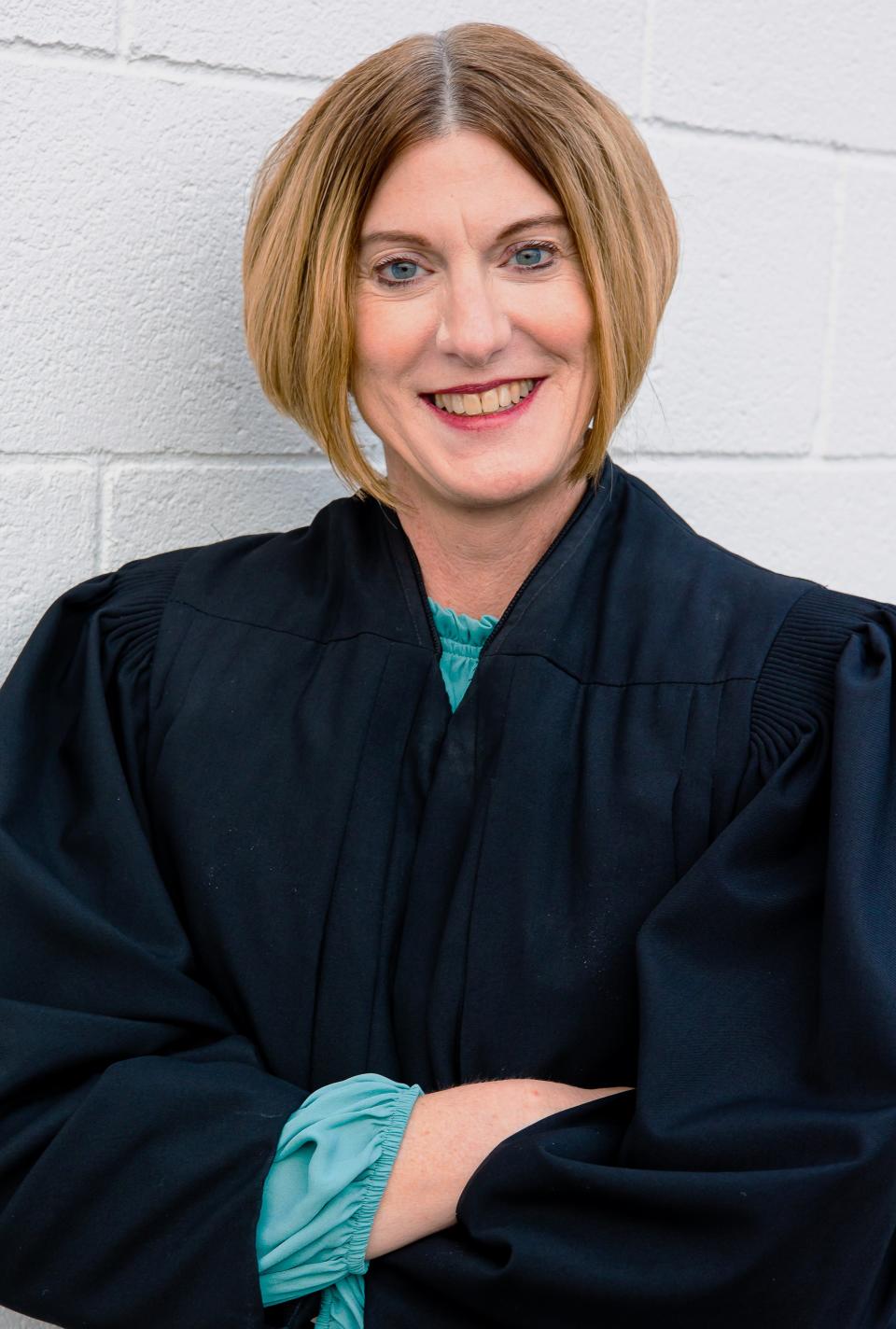
Between working with the communities around youth and also with their respective court systems, NCORC’s intense program begins before the youth even arrive. Upon or prior to arrival, the youth at NCORC are given the Ohio Youth Assessment System test, which examines multiple factors that may affect their success at NCORC. Staff review items such as risk of re-offense and situational awareness, from which they are able to make a judgment of which of the four, six or nine-month programs will best fit the youth.
From there, youth are assigned to programs that aim to holistically heal them and ultimately halt re-offense. The programs include a minimum of five educational hours a day, consistent drug and alcohol intervention and various cognitive-behavioral therapy methods.
Additionally, NCORC uses community, family and school involvement to reincorporate a relationship between youth and the surrounding community.
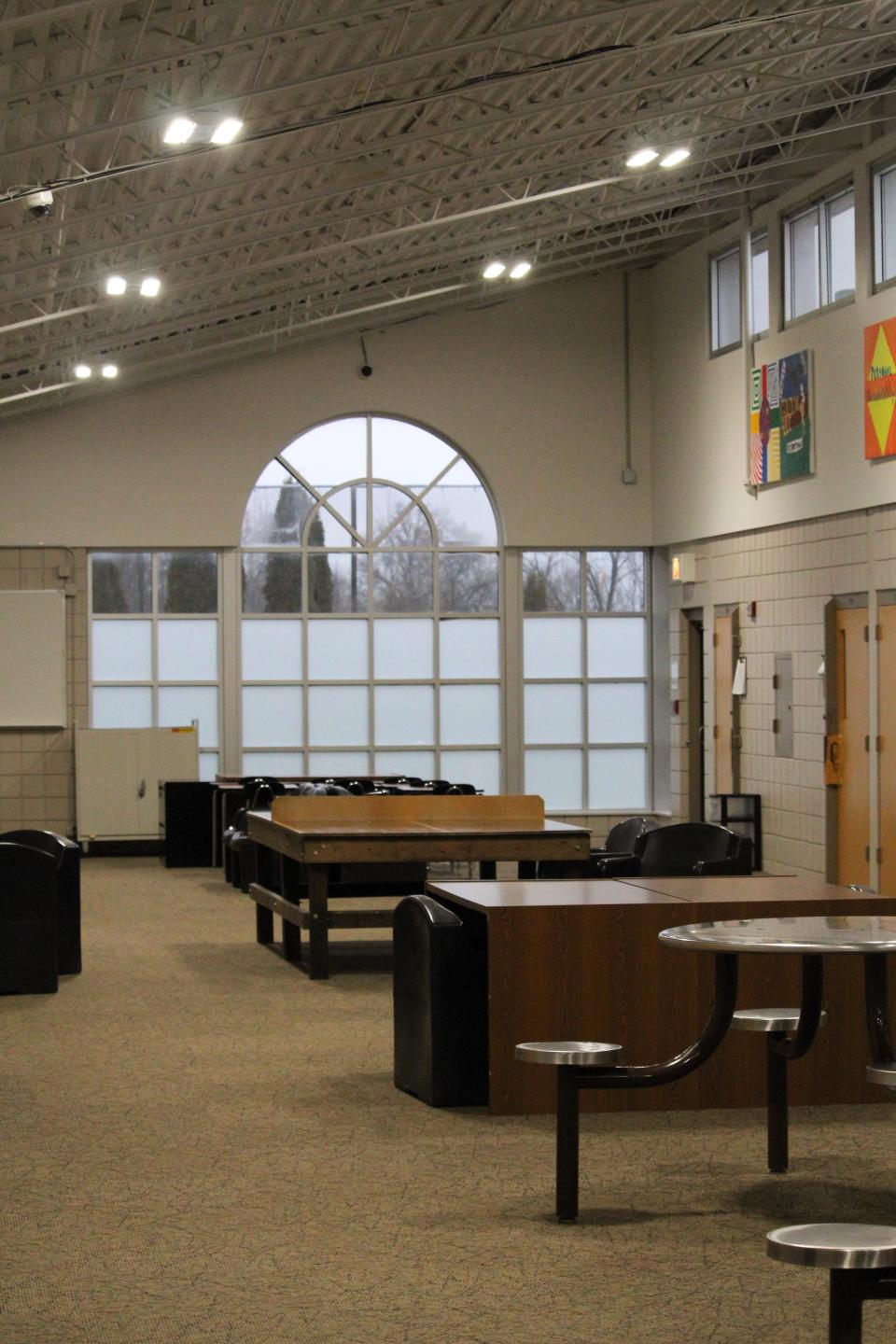
Family, schools play a part in rehabilitation
During a child’s stay at NCORC, staff meets with families and schools of the youth, discussing changes and plans following release from the facility. Additionally, there are opportunities for community members who may exemplify role models for the youth to come to the facility and share their experience.
NCORC’s model in juvenile justice is unique and one that stands out not only in Central Ohio but in the state at large. Its success can be attributed to various factors. Stillion believes this lies largely within staffing and oversight. The facility is run by 27 staff members who rotate shifts on a 24/7 basis.
“You can have a million dollar program, (but) if you don’t have the staff to run it, it’s not worth a penny," he said. “The support from the judges that make up our Governing Board is also very much a valued component.”
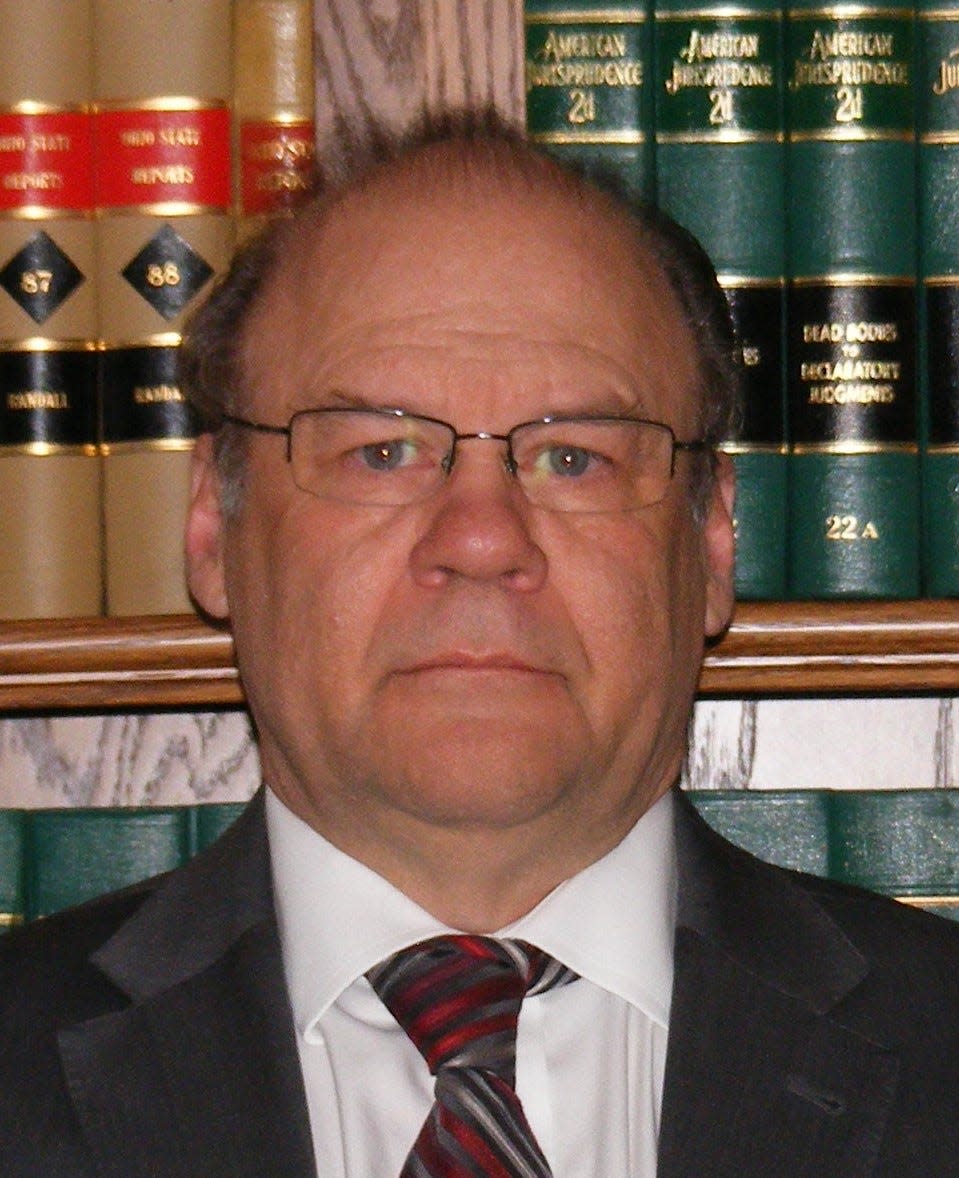
One of the county's family court judges, Larry Heiser, said he believes the small nature of NCORC to be fundamental to its success.
Facility size plays role in success
“The size of the NCORC facility lends itself to individual attention and rehabilitation," Heiser said.
This correlation between facility size and success is reiterated by investigations done in late 2023 following a months-long investigation by The Cincinnati Inquirer. The investigation found multiple Ohio Department of Youth Services facilities were severely understaffed, sometimes attributing to the injury and death of inmates and staff.
Following the report, Gov. Mike DeWine appointed a committee to study the juvenile justice landscape in Ohio.
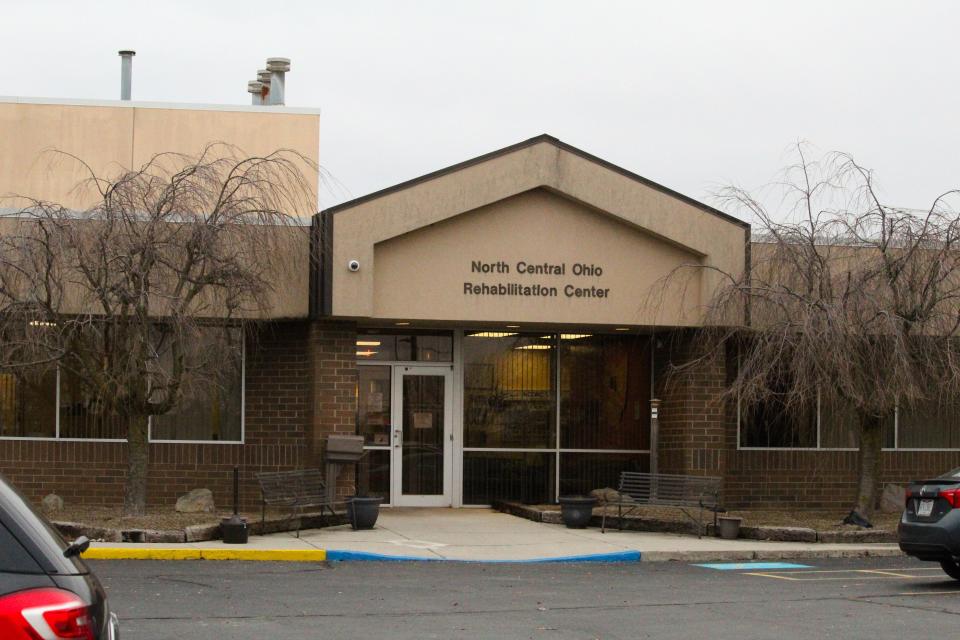
Committee head Tom Stickrath concluded smaller facilities, as opposed to large ones, are key to the success and safety of individuals in them.
In January, the North Central Ohio Rehabilitation Center had 14 youth in the facility, with a maximum of 20 full beds at one time.
Another key aspect of NCORC’s success, as emphasized by Stillion, is its consistent compliance with industry standards and successful audits. The American Correctional Association, the Prison Rape Elimination Act and the Ohio Administrative Code are a few of the standards followed by NCORC that he says “keep the fidelity” of services provided at NCORC.
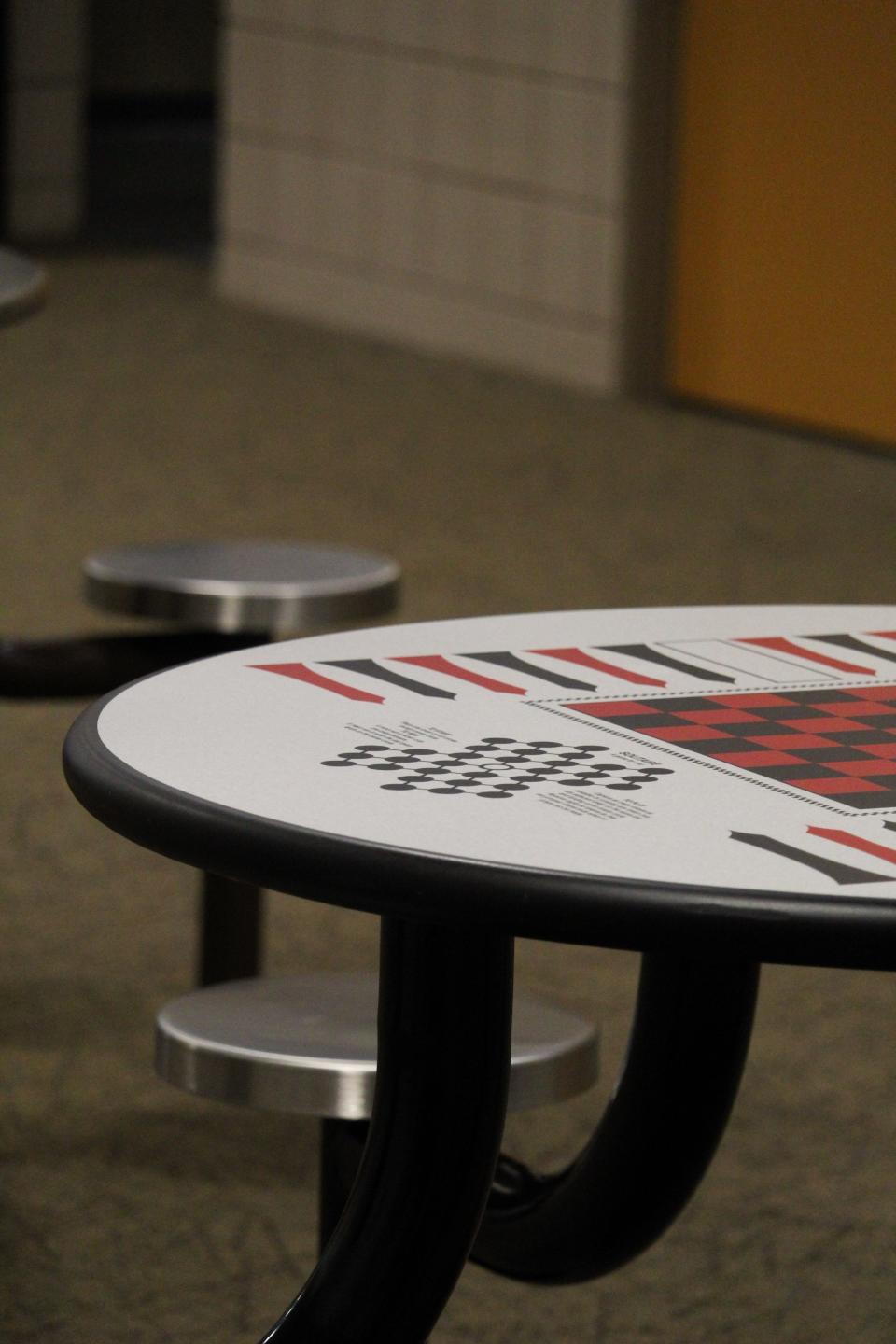
Success at NCORC, to Stillion and members of the Governing Board, looks like youth staying out of the facility once they leave. To the larger community, however, NCORC’s success can be seen in the shift in priorities.
In 2020, the Marion County Juvenile Corrections Facility was closed due to, in part, a lack of demand. The shift in perspective of juvenile justice, through which NCORC was born, has significantly changed the landscape for juvenile facilities in Marion.
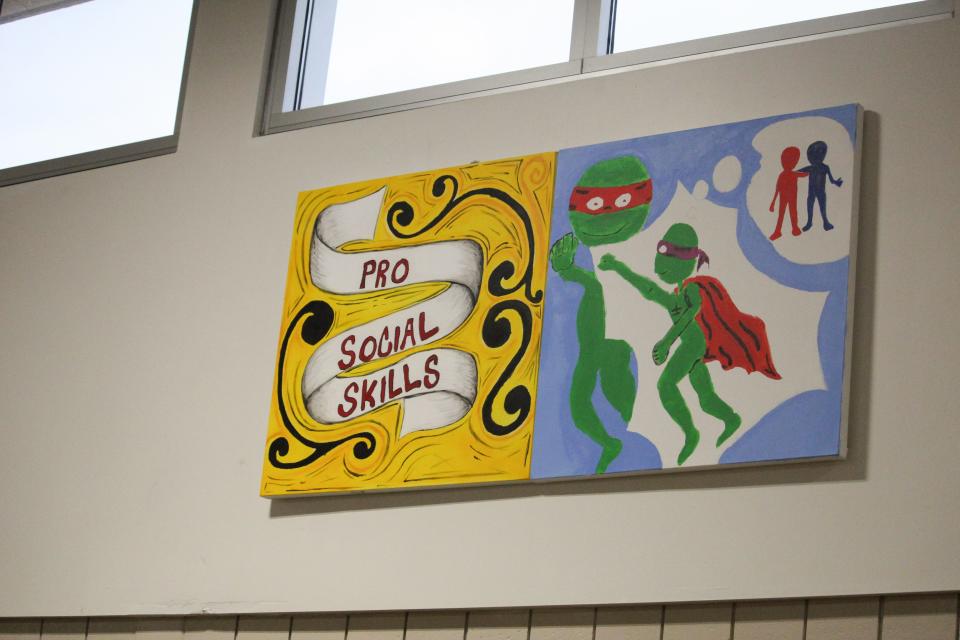
This change in perspective hasn’t been easy.
“You have to be committed to this,” Stillion said. “This is not a job, it’s a profession.”
This article originally appeared on Marion Star: NCORC provides youth with alternative justice system in Marion

